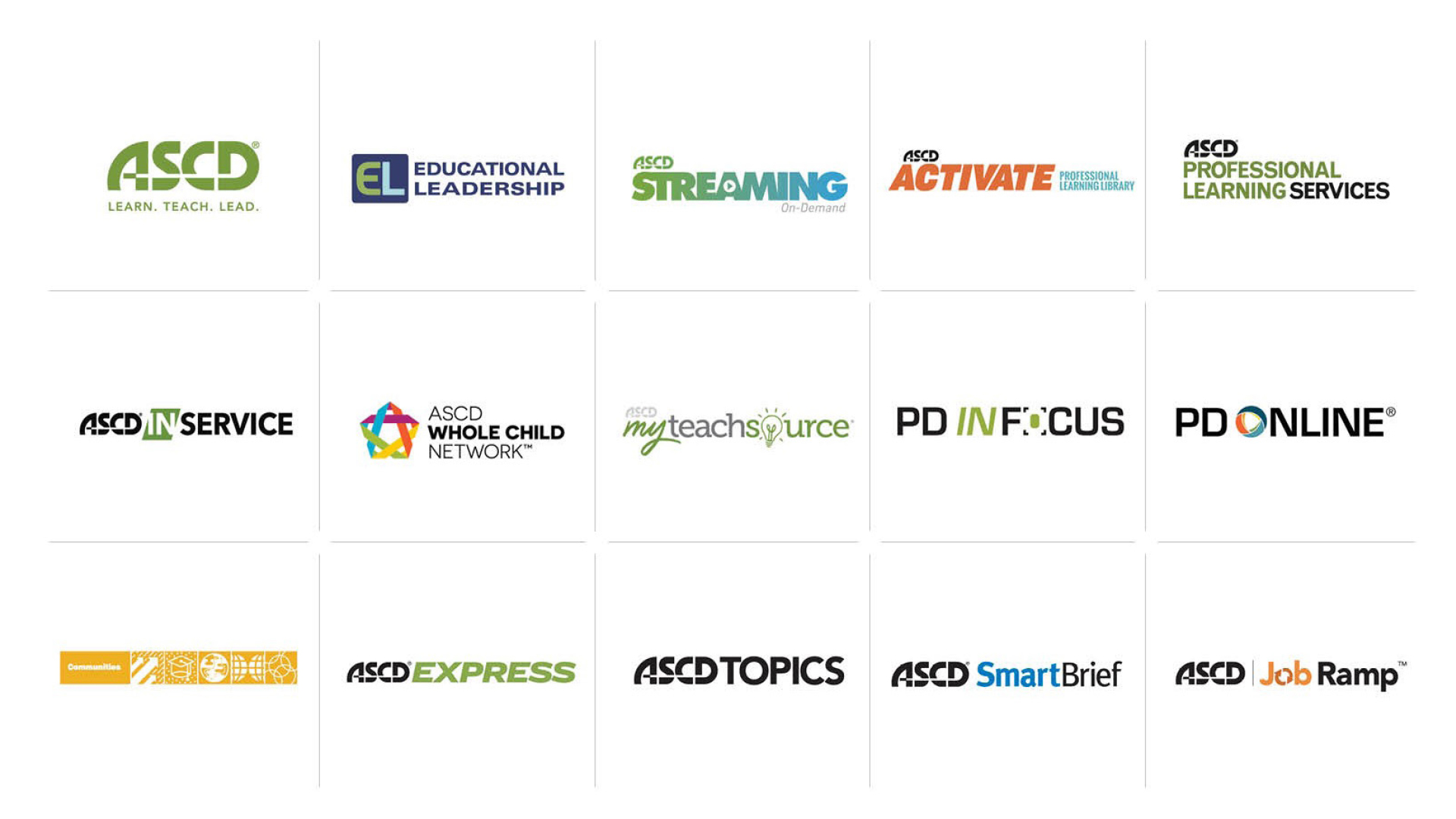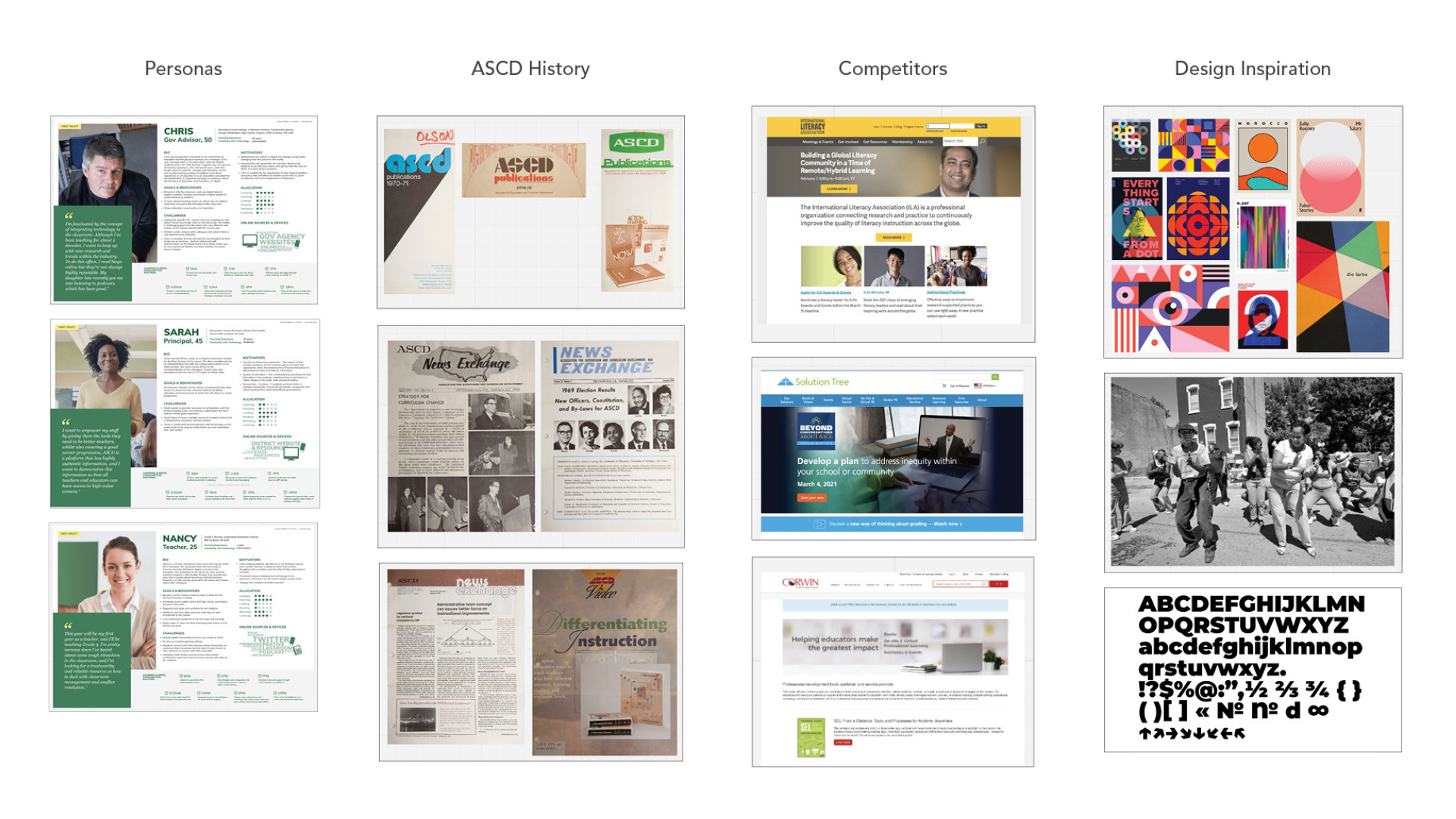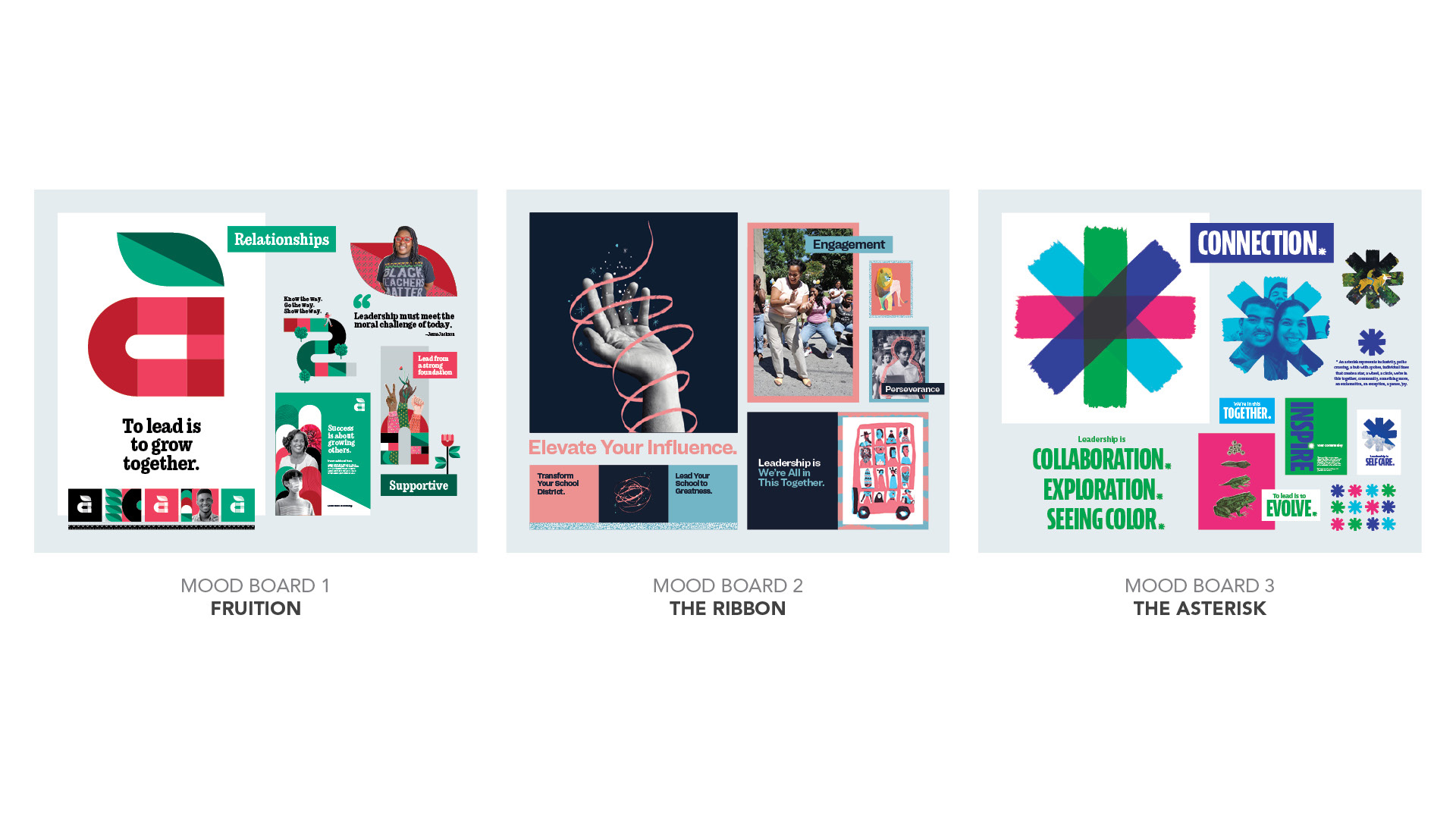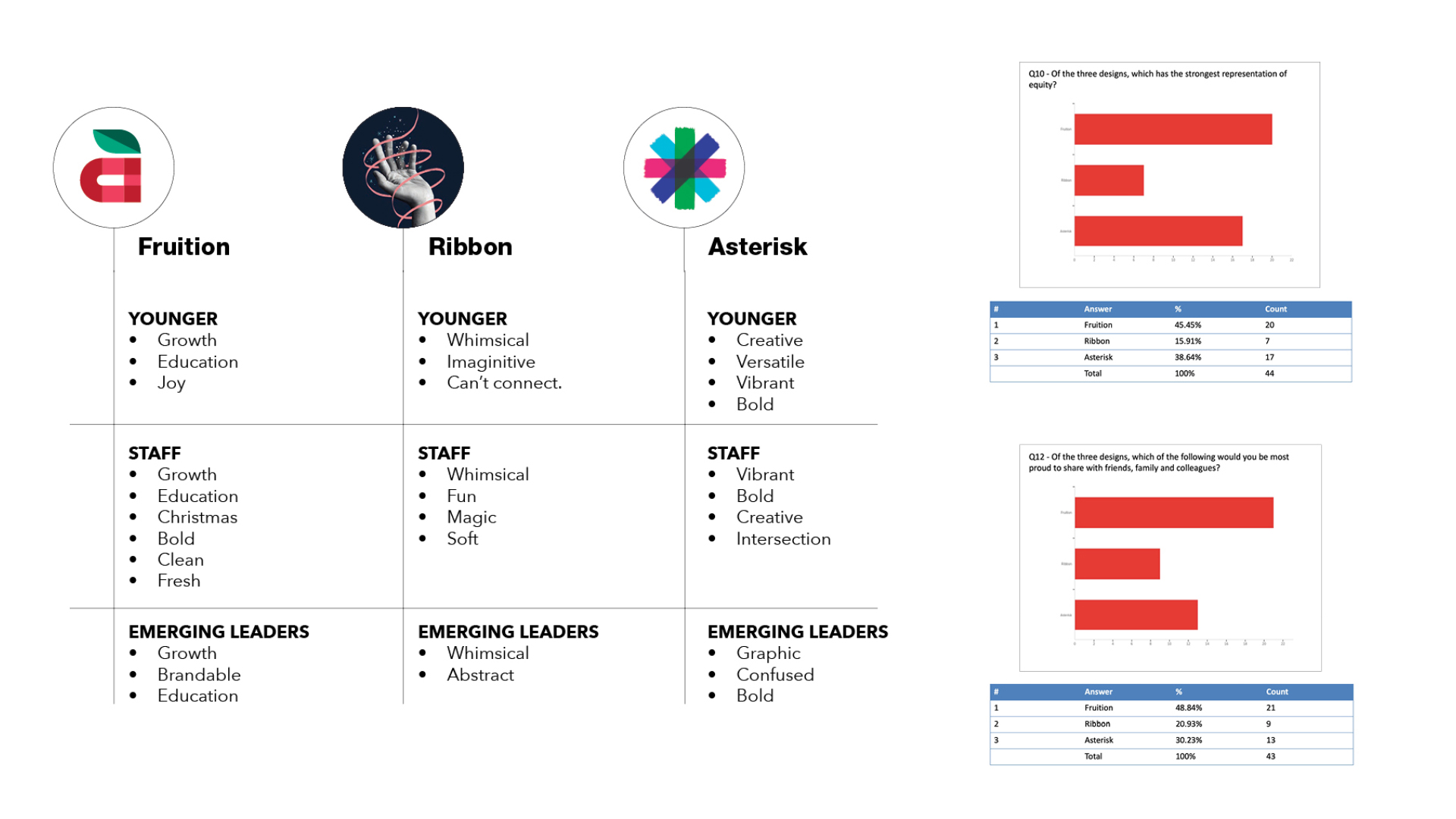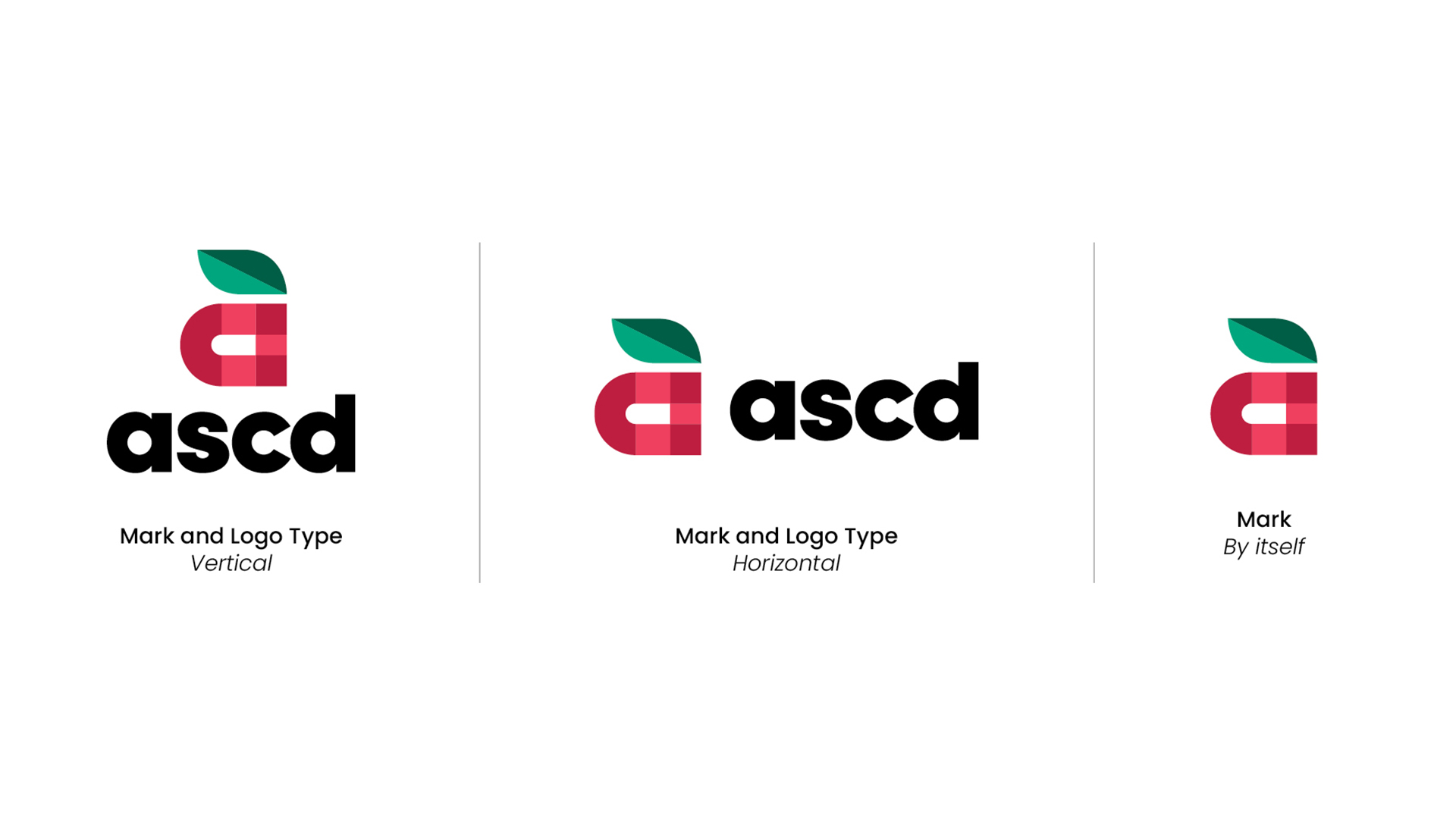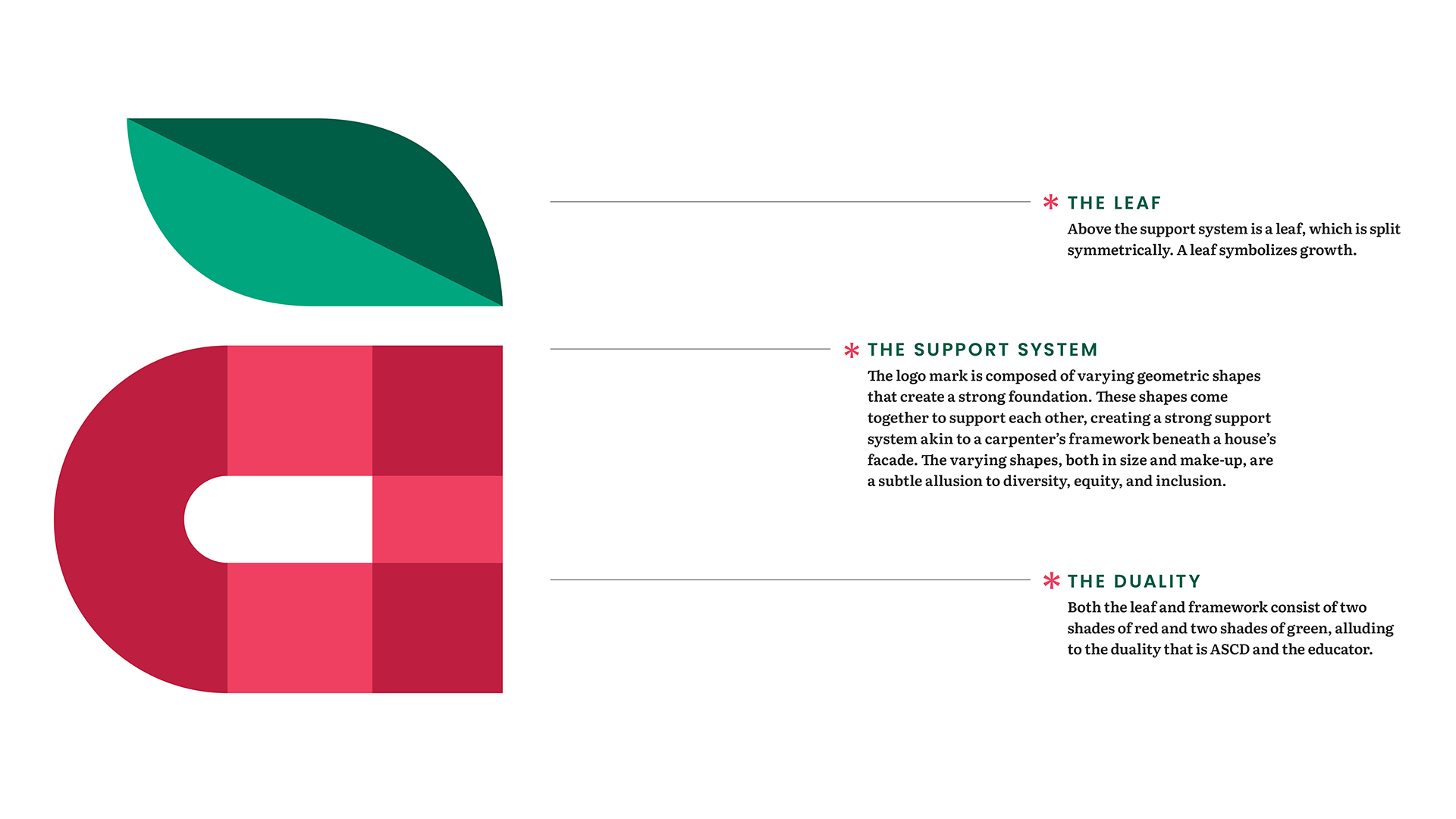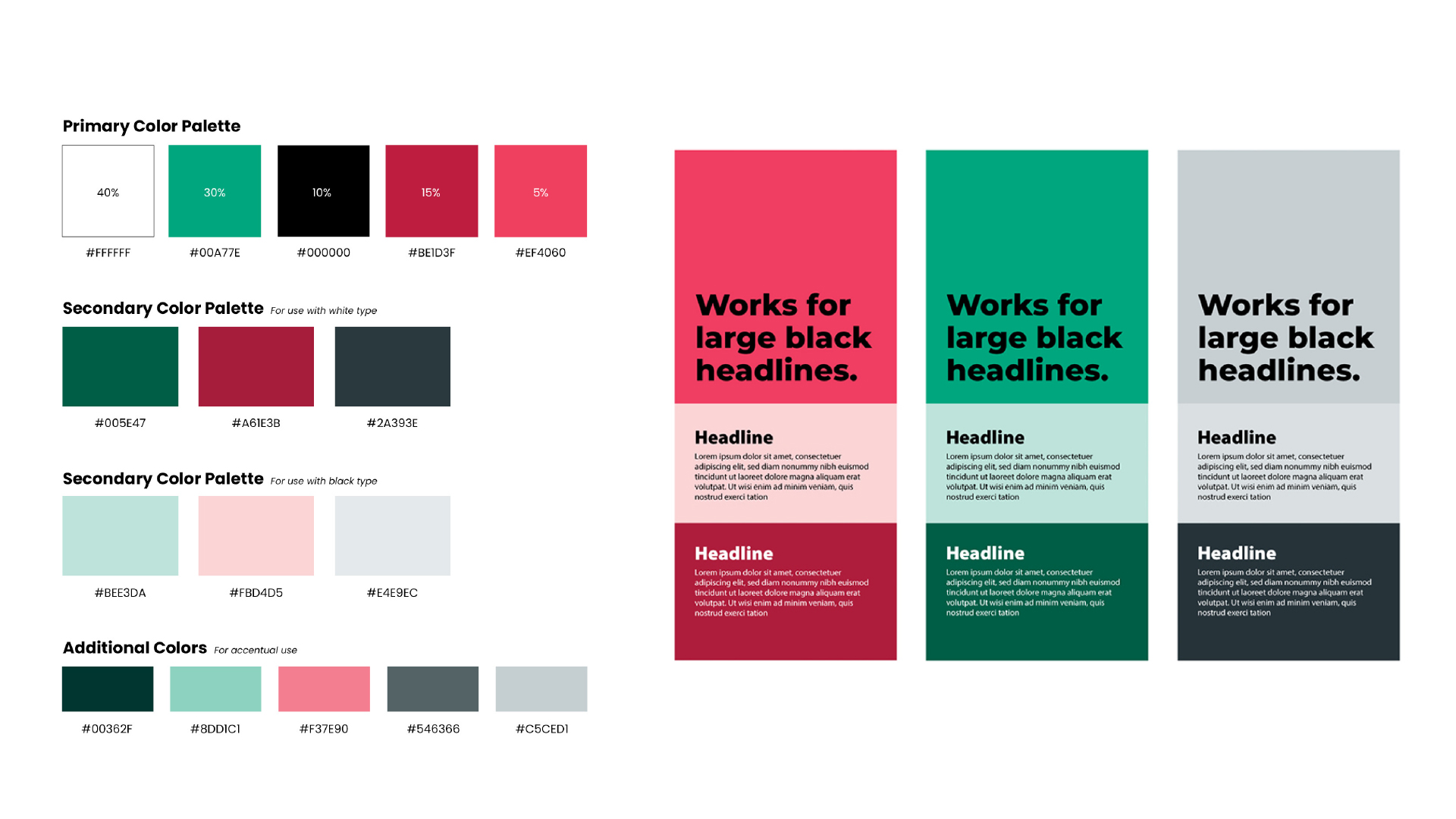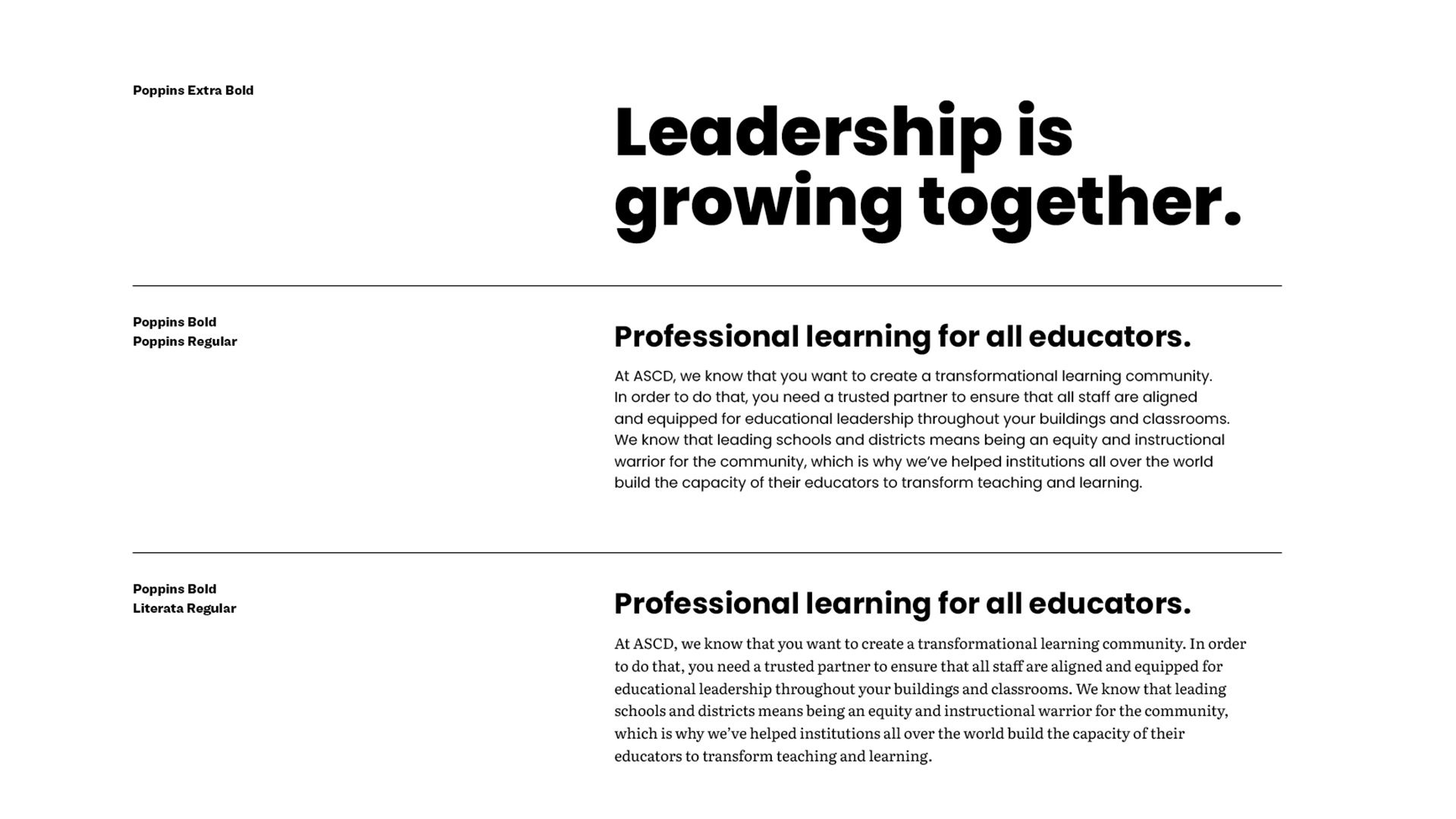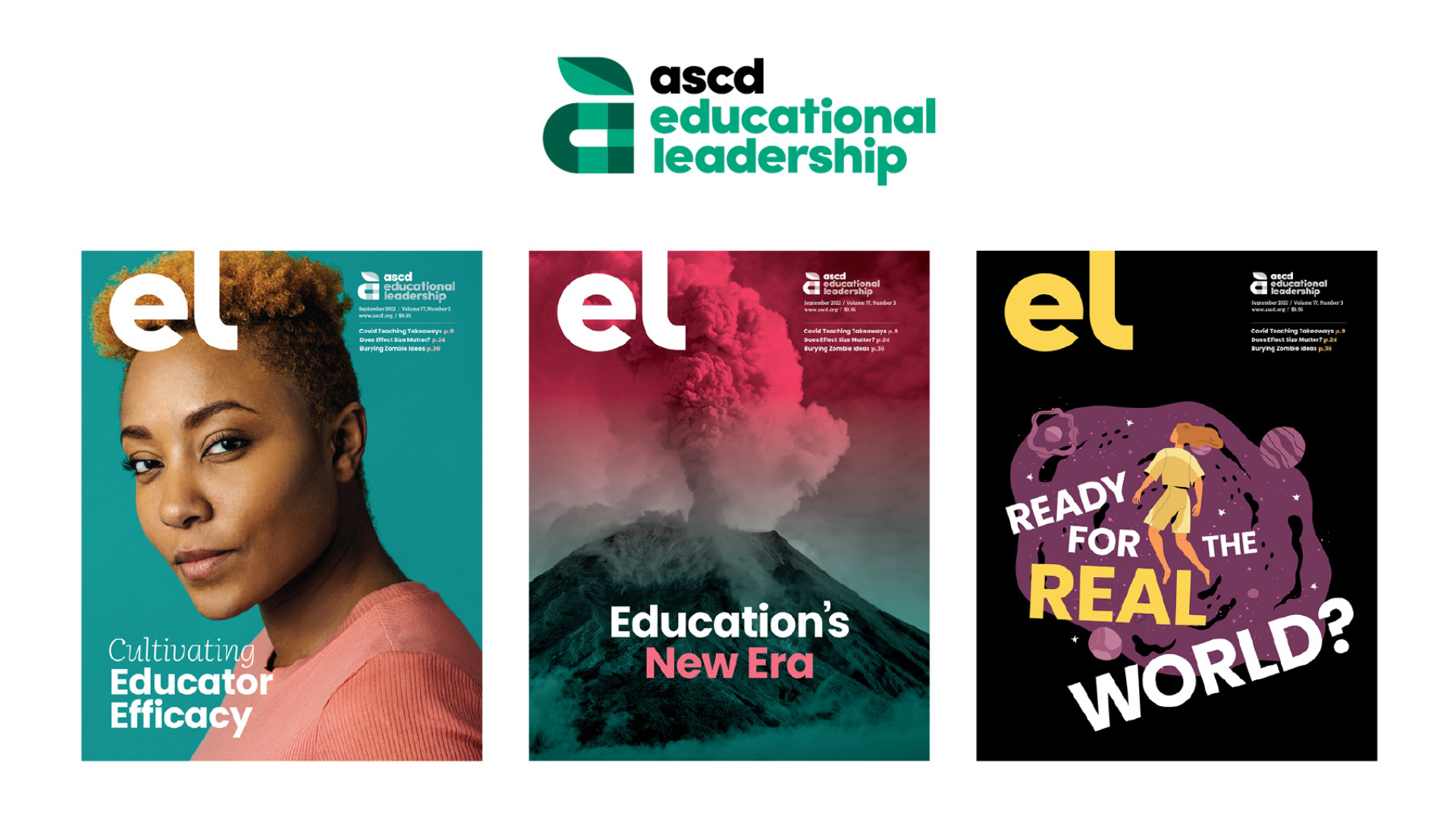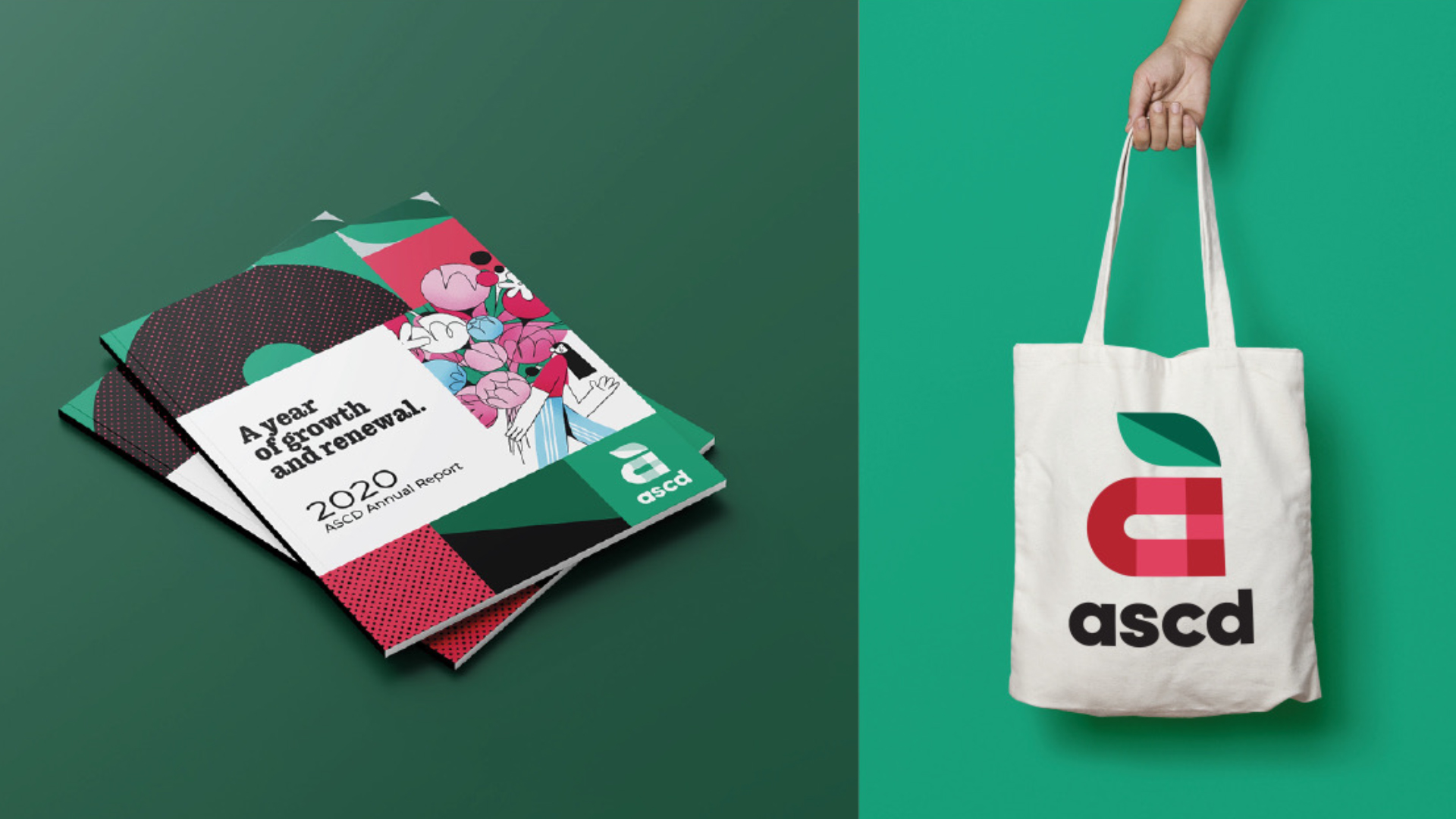At ASCD, we know that you want to create a transformational learning community. In order to do that, you need a trusted partner to ensure that all staff are aligned and equipped for educational leadership throughout your buildings and classrooms.
This is the new voice for ASCD which would help guide ASCD’s digital transformative strategy. With our new voice and strategy, we needed to re-envision ASCD’s brand to be relevant and relatable. As Creative Director for ASCD, I led the rebrand journey and execution of the new brand, alongside my Art Director, Donald Ely, and consultant Dylan Gerard from Appnovation.


